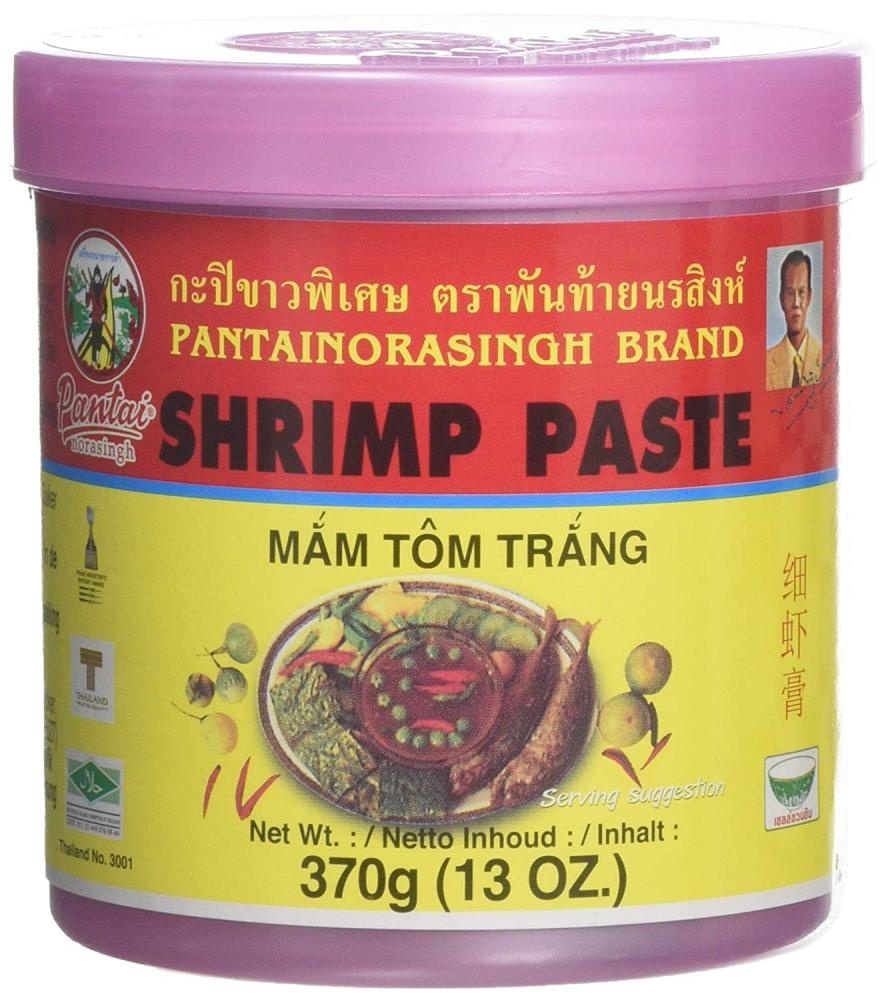

Another trick to thicken the mixture while cutting down on the amount of krill used is to have rice flour in the paste. This results in an unpleasant bitter taste in belacan. Sometimes, baby fishes may be processed together with krill if they are not meticulously segregated. Additional ingredientsīesides salt, some producers swear that the taste improves when sugar is added. Also, according to the Malaysian Food Act 1983 states that ‘belacan’ must contain at least 15% of salt. Too much salt in the mixture will spoil the natural taste of the shrimps whereas lack of salt spoils the fermentation and preservation process. The right amount of salt should be 15% to 20% of total weight of the pounded shrimps.

Excess moisture may spoil the shelf life of shrimp paste. As stated in the Malaysian Food Act 1983 ( Peraturan-peraturan Makanan 1983), belacan should contain no more than 40 per cent of water. The longer the drying duration, the darker it becomes. This is done repeatedly until it hardens and the colour darkens. At the end of the day, the mixture is pounded again before the next round of sun drying. The mixture of salt and pounded krill is dried under the sun. Most shrimp paste producers still use the olden drying method to dry shrimp paste. Compared to shrimps which are blended, the traditional way of processing ensures flavourful and aromatic belacan as the sweetness of the krill is maintained.

Traditionally, the tiny shrimps are pounded until fine. The quality of belacan varies depending on several factors such as the way it is processed, the duration of fermentation, the ratio between salt and tiny shrimps and the use of additional ingredients. Therefore, some producers opted for fishes as a substitute. As there is a reduction in the population of krill, it resulted in the price increased of belacan. Belacan is made with very tiny prawns called krill or ‘geragau’ to the locals. The best belacan consists of only two ingredients - finely grounded shrimps that are boiled and salted before being dried under the sun. Darker coloured belacan is usually more pungent compared to those which are lighter. As shrimp paste comes in different varieties, the odor also varies accordingly.

It is indeed a wonderful ingredient to be used as a base for condiments, sauces or gravies because of its depth of flavour. It brings out the umami flavour when it's added into a dish. Now, at least we know that belacan has a history of over 200 years.Īlthough packed with a pungent smell, a tiny bit of shrimp paste goes a long way. In one specific paragraph, she explained that blachang was made by “trampling a mass of putrefying prawns and shrimps into a paste with bare feet” back in the days and even compared it to ‘decomposed cheese’. A few years later, Isabella Bird who is one of history's most celebrated female travelers has her day-to-day life stories in Malacca published in her 1833 book entitled The Golden Chersonese and The Way Thither. It was translated as “caviare made of shrimps”. A dictionary by William Marsden which was published in 1812 documented the word balachan. In Malacca, it is even nicknamed the "Malaccan cheese". The exact history of belacan is unknown although there are stories of belacan originating from Malacca and Penang. However, this is actually a gem used in many Southeast Asian cuisines. Those who are not familiar with the pungent odour might find it offensive. In Singapore, Brunei and Malaysia, it is known as belacan. For example, mắm tôm from Vietnam or kapi from Thailand. There are many varieties and consistencies of shrimp paste throughout Southeast Asia. Shrimp paste is made from grounded tiny shrimps and salt.


 0 kommentar(er)
0 kommentar(er)
